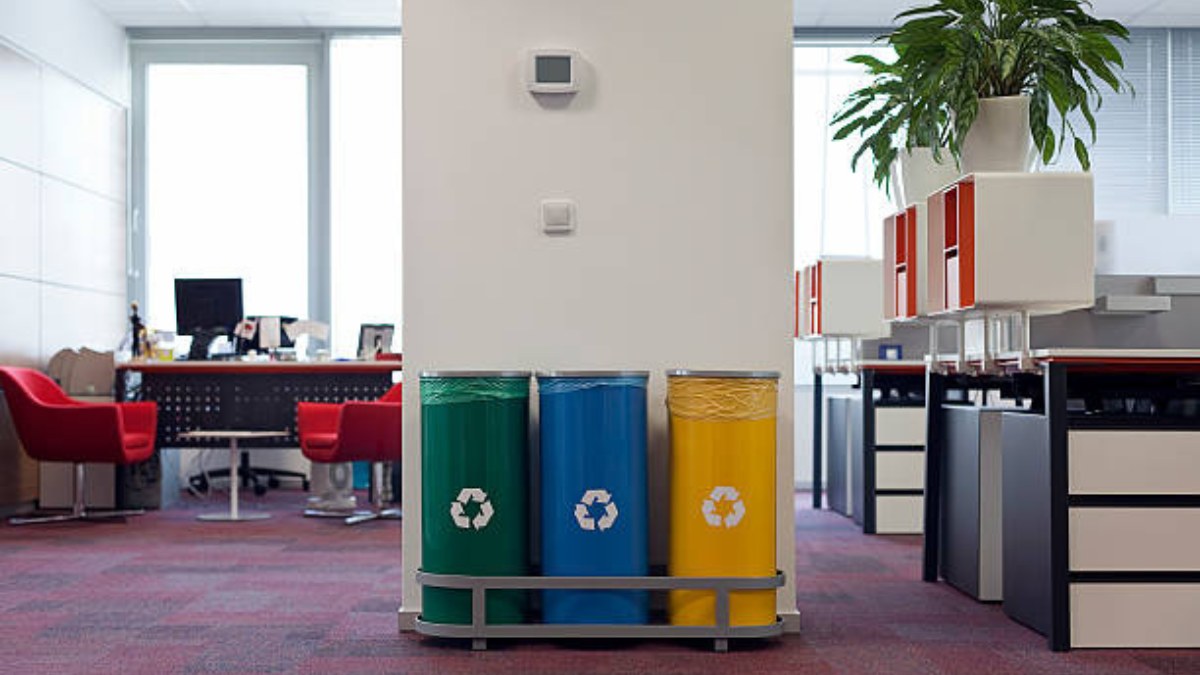Introduction
Businesses promote development, create jobs, and foster innovation, making them the most vital aspect of modern economies. However, expansion brings waste. A lot of trash is made by stores, restaurants, factories, and offices. Commercial waste is made up of more things and more complicated streams, such packaging, electronics, food, dangerous chemicals, and a lot of plastic or paper. The way this waste is handled has an effect on the environment. It has an effect on ecosystems in the area, as well as on global biodiversity, carbon emissions, and attempts to save resources. You must understand how commercial waste affects the environment to make good economic and environmental plans.
The Scale of Commercial Waste Generation
Today, waste from businesses is a big problem for the environment. Every year, offices throw out paper, old equipment, and packaging. Most of the food that restaurants and grocery stores throw away ends up in landfills instead of being composted or given away. Industrial sites are where chemicals, building debris, and other dangerous things originate. These waste sources are more of a problem than home trash when they are all combined. This size means that even little adjustments in how businesses deal with waste might have an effect on the environment. For quick and easy waste removal, you can hire a small skip to manage your clutter efficiently.
Contribution to Carbon Emissions
Carbon emissions and business waste management are linked. Waste collection, transport, processing, and disposal need energy. When companies dump and incinerate without recovering energy, their carbon impact rises. Plastic packaging waste has a large impact since fossil fuels are used to make it and many regions don’t have enough recycling facilities. Businesses that don’t reduce waste or go green accidentally increase global warming emissions. This link between waste and carbon demonstrates why environmental waste management is crucial to addressing climate change.
Resource Depletion and Material Loss
Commercial waste loses resources and harms the environment. All discarded electronics, paper, and plastic containers contain the resources and energy that went into their production. Instead of recycling or reusing, firms waste resources by throwing them away. Metal mining, papermaking, and plastic oil extraction harm ecosystems and biodiversity. Commercial waste’s resource waste cycle makes it unsustainable without structural change.
Impact on Water and Soil Quality
Business waste affects water and soil systems. Solvents, oils, and chemical leftovers from industry can damage groundwater and farmland. Microplastics from packaging and synthetic fabrics pollute rivers and seas and enter food chains. Paper production and disposal cause deforestation and are a water-intensive industry, thus even innocent waste can have an indirect influence. Businesses that don’t properly dispose of waste risk harming their resource and environmental stability.
Food Waste and Its Hidden Costs
Business waste is worst in food service and retail. Supermarkets, restaurants, and hotels waste millions of tons of food annually. Since there are so many hungry people, this waste is bad for the environment and immoral. Landfill food breaks down and releases methane. Throwaway food wastes energy and water to grow, transport, and package. Food waste reduction through redistributing, composting, or stock management is one of the best ways for businesses to reduce their environmental impact and meet sustainability goals.
Circular Economy as a Solution
Using the concepts of a circular economy is one of the best strategies to deal with the environmental effects of commercial waste. A circular strategy, on the other hand, focuses on reusing, recycling, and designing waste out of the system completely, rather than a linear “take-make-dispose” paradigm. Companies that follow this strategy make closed loops where materials are used over and over again. This cuts down on the need for landfills and the consumption of resources. For example, producers may make things that are easier to take apart and recycle, and merchants can cut down on packing or convert to biodegradable options.
Regulatory and Social Pressure
Governments and citizens are becoming increasingly aware of business waste’s environmental impact. Worldwide, laws are tightening. More recycling, less single-use plastics, and waste penalties are in place. People are also urging companies to be more ecologically friendly by picking eco-friendly brands. Due to social and regulatory pressure, companies must find innovative waste disposal methods. They must implement a zero-waste policy and upgrade recycling technologies.
Final Thoughts
Commercial waste is a quiet but strong cause of damage to the environment. The effects of bad waste management are deep and wide-ranging, from landfills and carbon emissions to resource depletion and contamination. Yet this issue also gives an opportunity. Businesses may help the battle against climate change, save resources, and lower their environmental impact by rethinking waste via sustainable practices. The move toward circular economy concepts, together with new technologies and rules, is a means to make things last.


